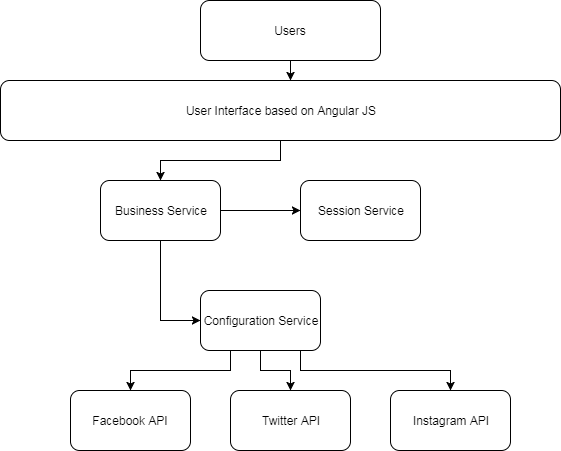In post How to build docker image for your application, we saw how to create a docker container image for your application and then run that image. In this post, I want to revisit some of the docker commands and how to use this docker container in ECS (Elastic Container Service) which is offered by Amazon.
- Publishing your docker container image in ECR (Elastic Container Repository) – Amazon offers a repository where you can push your docker image to store. Once you have the image in the repository, it can be used in ECS.
docker tag source_image:[tag] target_image:[tag] docker push image:[tag] repository:image
2. You can pull this image from repository to run on your local as below
docker pull image:[tag]
3. Once you have docker image published in the repository, it is a straightforward. Create a cluster in ECS.
4. Cluster is nothing but collection of multiple services running on their own EC2 instances, provided you create a service of type EC2. Once you create a cluster, you can create a service. Another type of service you can create is that of Fargate. But we will not talk about it in this post.
5. When you create a service, it will ask you to enter the value for task, that means you have to create a task first. Enter the name and type of task (EC2).
6. Provide the docker container image and any environment variables you need to run this docker container. Provide necessary details of how much memory you need and if you are using storage.
7. Once you create a task, you can use it creating a service from Step 5. Choose an application load balancer in your service. If you haven’t already created load balancer and target group, you will need to create those. Use the newly created load balancer and target group for your service.
8. Now once everything is created, you can start the task to run. So this service will be available in the cloud. Amazon offers a healthcheck for your service, that you can configure while configuring service.
Conclusion –
In this post, I showed how to use Amazon ECS service for creating a service and running that service in Amazon cloud. If you want to learn about docker containers, learn here.
